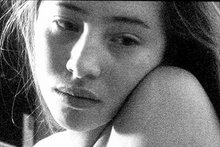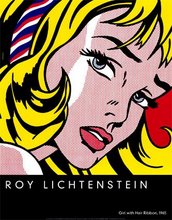
The Burr-Hamilton duel was a duel between two prominent American politicians, former Secretary of the Treasury Alexander Hamilton and sitting Vice President Aaron Burr, on July 11, 1804. Burr shot and mortally wounded Hamilton, who died the following day from his wounds at his home, The Grange, in northern Manhattan.
In the early morning hours of July 11, 1804, Burr and Hamilton departed by separate boats from Manhattan and rowed across the Hudson River to a spot known as the Heights of Weehawken in New Jersey, a popular dueling ground below the towering cliffs of the Palisades. Hamilton and Burr agreed to take the duel to Weehawken because dueling had been outlawed in New York. (The same site was used for 18 known duels between 1700 and 1845.) In an attempt to prevent the participants from being prosecuted, procedures were implemented to give all witnesses plausible deniability. For example, the pistols were transported to the island in a portmanteau, enabling the rowers (who also stood with their backs to the duelists) to say under oath that they had not seen any pistols.
Burr, William P. Van Ness (his second), Matthew L. Davis, and another (often identified as Swartwout) plus their rowers reached the site first at half past six, whereupon Burr and Van Ness started to clear the underbrush from the duelling ground. Hamilton, Judge Nathaniel Pendleton (his second), and Dr. David Hosack arrived a few minutes before seven. Lots were cast for the choice of position and which second should start the duel, both of which were won by Hamilton's second who chose the upper edge of the ledge (which faced the city) for Hamilton. However, according to Historian and author Joseph Ellis, since Hamilton had been challenged he had choice of both weapon and position. It was Hamilton himself that chose the upstream or north side position.
All first-hand accounts of the duel agree that two shots were fired; however, Hamilton and Burr's seconds disagreed on the intervening time between the shots. It was customary for both people in a duel to fire a shot at the ground to exemplify courage, and then the duel could come to an end. Hamilton purposely fired first, into the air (which was proven by the presence of a freshly shot tree limb above and behind Burr), without hitting Burr. Burr, rather than adhering to the customary dueling format, shot and hit Hamilton in the lower abdomen above the right hip. The bullet ricocheted off Hamilton's second or third false rib—fracturing it—and caused considerable damage to his internal organs, particularly his liver and diaphragm before becoming lodged in his first or second lumbar vertebra. As Hamilton fell to the ground, he said in shock, "You shot me?" According to Pendleton's account, Hamilton collapsed immediately, dropping the pistol involuntarily, and Burr moved toward Hamilton in a speechless manner (which Pendleton deemed to be indicative of regret) before being hustled away behind an umbrella by Van Ness because Hosack and the rowers were already approaching. Burr returned on his barge and had breakfast in Manhattan. According to Van Ness, he ate eggs and toast



No comments:
Post a Comment